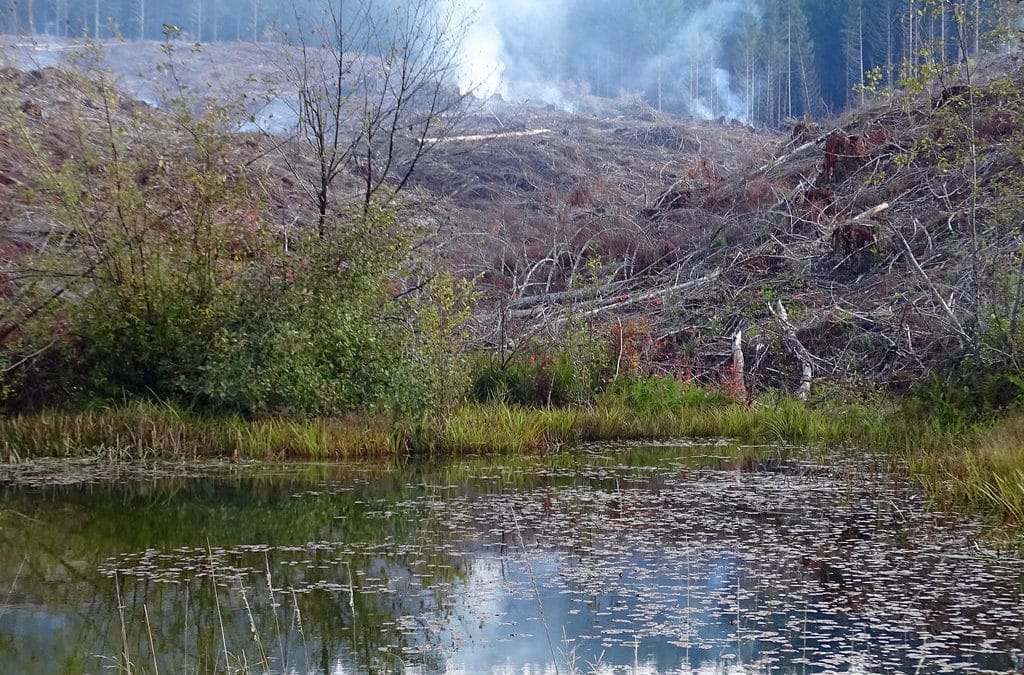
Nina Bell, NWEA’s Executive Director, said the court’s findings showed that Oregon was failing to protect threatened and endangered species as required by the Clean Water Act. “When we started this case, the court had already established that the Oregon Department of Environmental Quality was using an illegal rule to set the goalpost for the temperature of Oregon’s waters. This rule had allowed Oregon DEQ to change temperatures to levels that are lethal to salmon within minutes. This most recent case is about the legality of all the times that DEQ actually did change those temperatures and EPA gave its approval.”
Oregon used the illegal rule every time it issued a temperature clean-up plan. These clean-up plans, called “Total Maximum Daily Loads” or “TMDLs,” are required by the Clean Water Act. The court found that every temperature TMDL issued since 2006 has changed Oregon’s water quality standards without the federal review that is required. In contrast to the EPA-approved Oregon standards that generally allow temperatures up to 18° C (64° F) in Oregon’s waters, Oregon’s TMDLs changed the criteria to as high as 32° C (90° F). Oregon claims these replacement temperatures approximate streams’ natural temperatures before widespread human development.
Bell said the use of the plans to change the standards was ironic. “Frankly what Oregon and EPA did here was really twisted. They had taken a provision of the Clean Water Act that requires the agencies to develop clean-up plans for temperature—the single greatest danger to threatened and endangered salmon in Oregon—and used it to change Oregon’s standards to hot, and sometimes lethal, levels. It turned the Clean Water Act completely upside down,” she said.
“This decision puts the lie to Oregon’s claim that it is trying to protect salmon and steelhead,” Bell added. “We’re forever being told that Oregon Governors and Oregon agencies really care about protecting these iconic species that are important to our economy, to our ecosystems, and to our sense of state pride. But the big reveal is that the emperor has no clothes. Oregon stands naked with nothing to show for itself but trying to justify giving cold water species on the brink of extinction a bath in hot water.”
Each TMDL contains limits for contributions of pollution via discharge permits and polluted runoff from land activities such as logging and farming. The vast majority of waters that Oregon has identified as having unsafe levels of pollution, and requiring TMDLs, are impaired by high temperatures.
The court also recommended that EPA and Oregon be given two years to fix a TMDL for mercury in the Willamette basin and to develop a new temperature TMDL for the Klamath basin, both of which the agencies had sought to withdraw voluntarily.
NWEA is represented in this lawsuit by Bryan Telegin of Bricklin & Newman, LLP (Seattle) and Allison LaPlante of the Earthrise Law Center at Lewis and Clark Law School (Portland).

